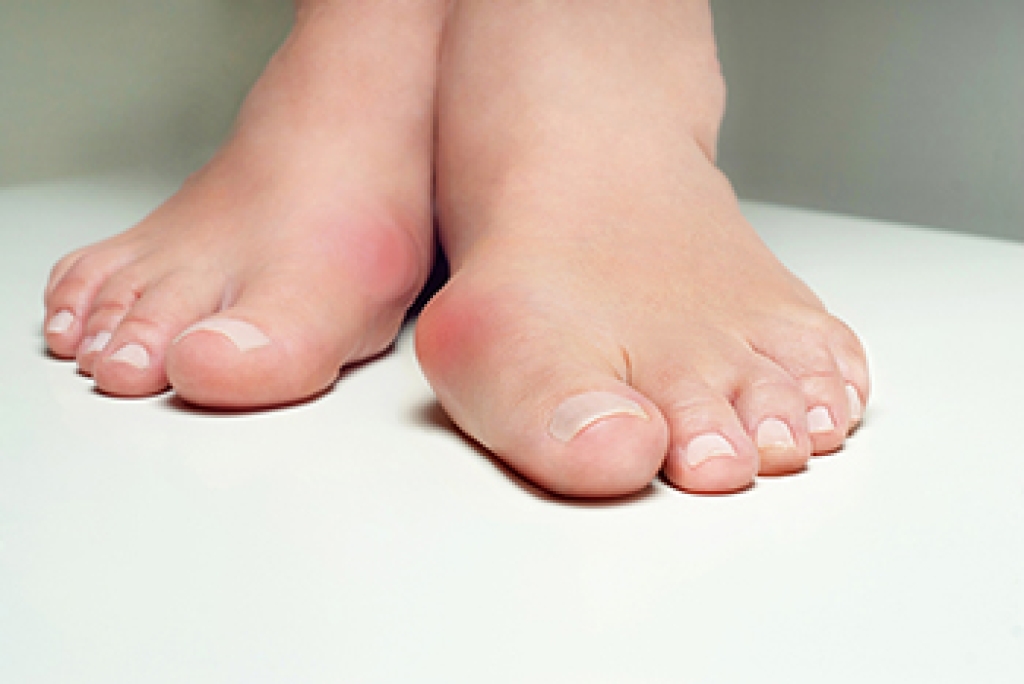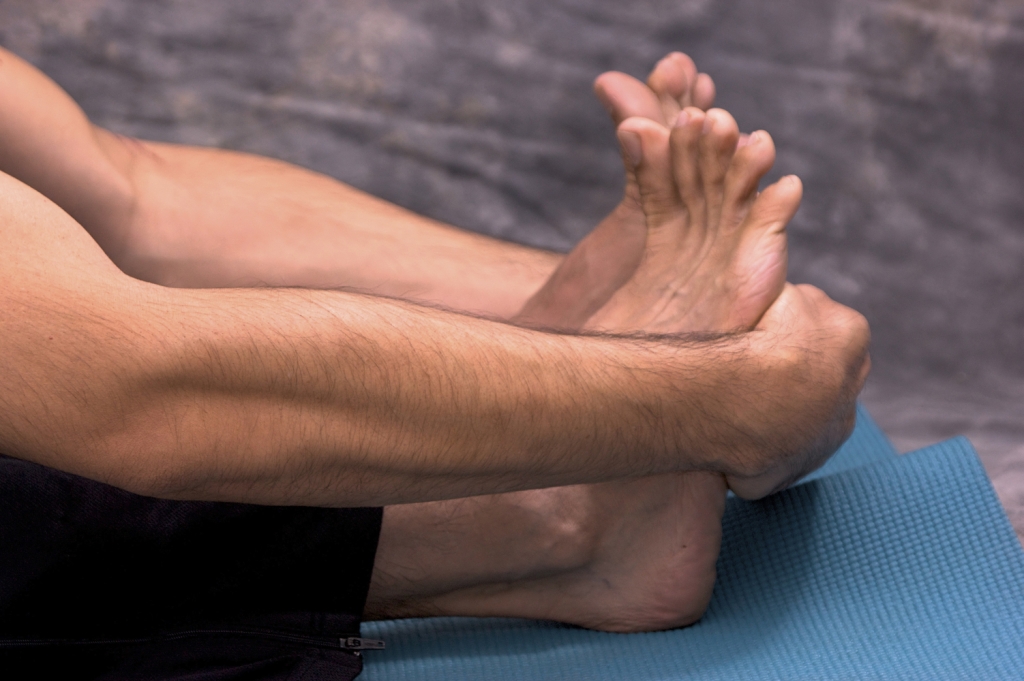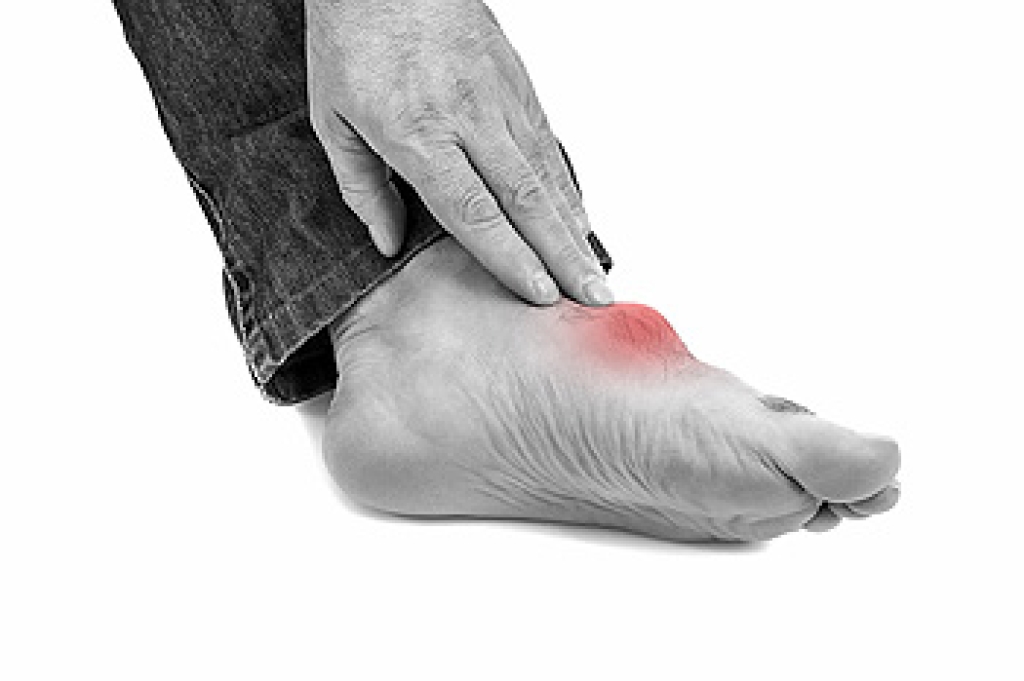
A bunion is a foot condition defined by a structural change at the joint where the big toe meets the foot. It appears as a bony prominence along the inside of the foot, often accompanied by swelling or redness. Bunions develop due to abnormal joint mechanics, inherited foot structure, or prolonged pressure from narrow footwear. Over time, the big toe may drift toward the smaller toes, altering normal foot function. Symptoms include joint pain, stiffness, tenderness, and difficulty walking comfortably. A podiatrist can properly diagnose the condition and determine its severity. Treatment may involve shoe recommendations, custom orthotics, joint support, and strategies to reduce inflammation and prevent progression. If you have developed a bunion, it is suggested that you consult a podiatrist who can offer effective management solutions.
If you are suffering from bunions, contact one of our podiatrists of Lewis Wolstein, DPM, P.C. & Associates. Our doctors can provide the care you need to keep you pain-free and on your feet.
What Is a Bunion?
A bunion is formed of swollen tissue or an enlargement of boney growth, usually located at the base joint of the toe that connects to the foot. The swelling occurs due to the bones in the big toe shifting inward, which impacts the other toes of the foot. This causes the area around the base of the big toe to become inflamed and painful.
Why Do Bunions Form?
Genetics – Susceptibility to bunions are often hereditary
Stress on the feet – Poorly fitted and uncomfortable footwear that places stress on feet, such as heels, can worsen existing bunions
How Are Bunions Diagnosed?
Podiatrists often perform two tests – blood tests and x-rays – when trying to diagnose bunions, especially in the early stages of development. Blood tests help determine if the foot pain is being caused by something else, such as arthritis, while x-rays provide a clear picture of your bone structure to your provider.
How Are Bunions Treated?
- Refrain from wearing heels or similar shoes that cause discomfort
- Select wider shoes that can provide more comfort and reduce pain
- Anti-inflammatory and pain management drugs
- Orthotics or foot inserts
- Surgery
If you have any questions, please feel free to contact our office located in Co-Op City, NY . We offer the newest diagnostic and treatment technologies for all your foot care needs.




